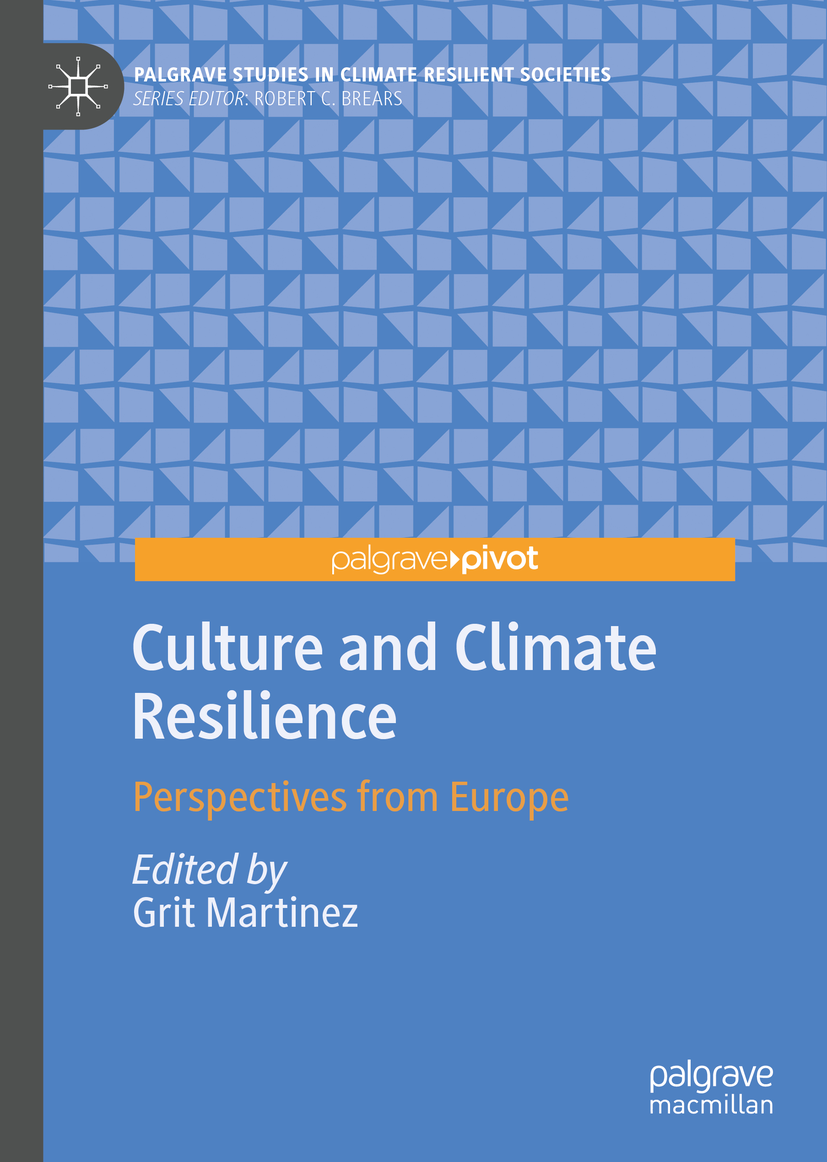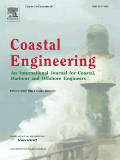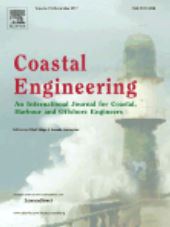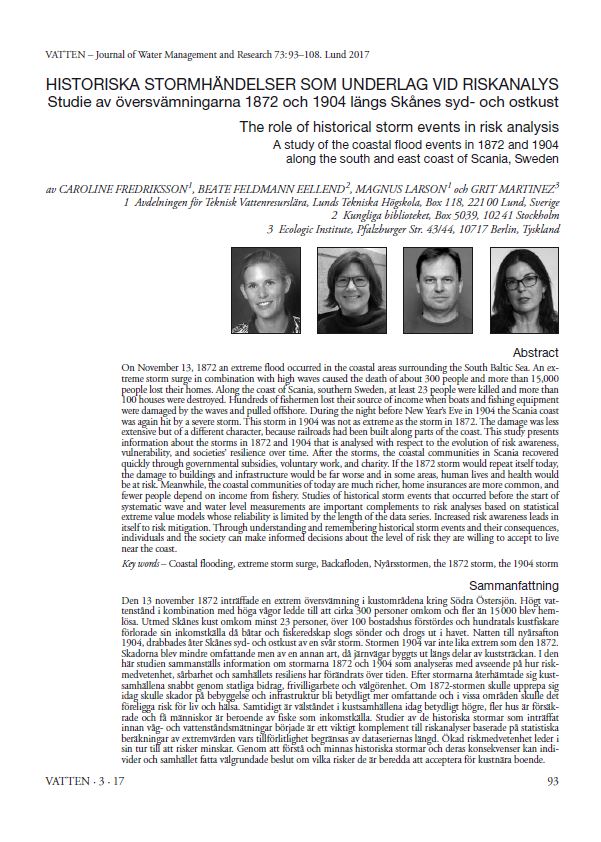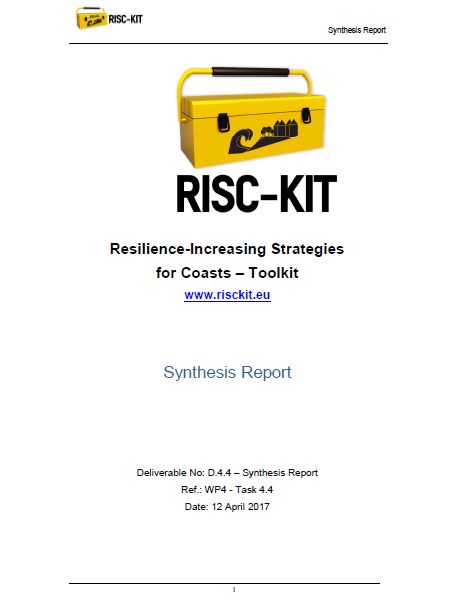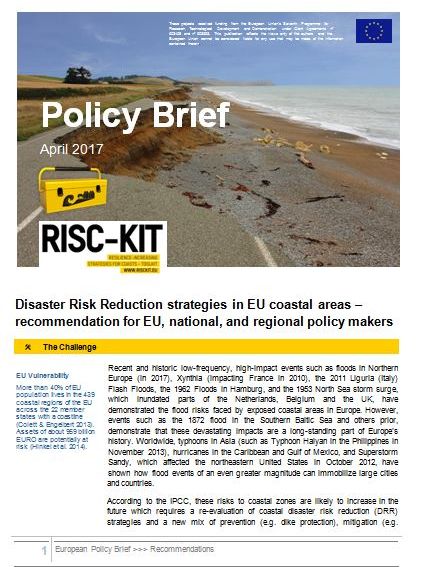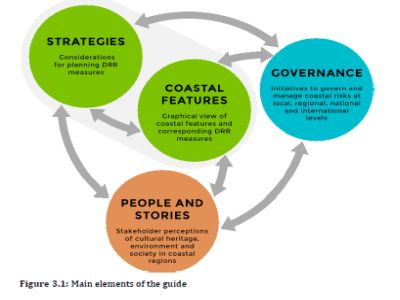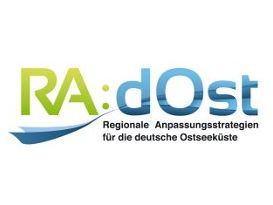Why Do Societies Adapt the Way They Do?
- Presentation
- Date
-
- Location
- Copenhagen, Denmark
- Chairing
As part of the European Climate Change Adaptation Conference 2015, Dr. Grit Martinez of Ecologic Institute chaired the session, "Safeguarding our Shores: Social and Cultural Dimensions of Coastal Climate Change Adaptation in Europe and the United States." During the session, the origins and meanings of flood protection programs, adaptation measures and strategies in the Netherlands, the UK, Germany and the US were discussed. The presentations are available for download.
For thousands of years, vast numbers of people in Europe have been attracted to the coasts. Today, almost half of all Europeans live in coastal regions covering 40.0 % of the EU-27 territory. Of course, this is not a uniquely European case either. Coasts represent great value and productivity in terms of cultural heritage, built infrastructure, tourism, and marine commerce and are consequently highly vulnerable to climate related events, including sea level rise, flooding, erosion, storms, and hurricanes. Interestingly, and despite such risks, people continue to move to coastal cities and regions.
In the session Safeguarding our Shores: Social and Cultural Dimensions of Coastal Climate Change Adaptation in Europe and the United States, which took place at the European Climate Change Adaptation Conference (ECCA), a diverse group of presenters - coming from the humanities as well as the social and natural sciences - discussed historical, socio-cultural and economic path dependencies which shape today’s adaptation answers from policy makers, insurance companies and society at large. The presentations were followed by a lively discussion with the audience.
The session drew on results from the EU-FP7 projects RISC-KIT (Resilience Increasing Strategies for Coasts) and BASE (Bottom-up Climate Adaptation Strategies towards a Sustainable Europe), as well as the project RADOST (Regional Adaptation Strategies for the German Baltic Sea Coast) funded by the German Ministry of Education and Research (BMBF)) within the ministry's initiative KLIMZUG ("Regions adapt to climate change"), in addition to others.
The session was chaired by Dr. Grit Martinez of Ecologic Institute, and connected to the RISC-KIT session Reducing Coastal Vulnerability in Europe: science, policy and application, which was chaired by Dr. Ap van Dongeren.
In her opening remarks [pdf, 0.8 MB, English], Dr. Grit Martinez (Ecologic Institute) underlined that policy-making is based on culturally-defined behavioural objectives. In the context of adaptation to a changing climate and risk reduction, the adjustments societies decide to take are directly linked to historical, cultural, and economic incidents. Tracking society's environmental pasts are a necessity to help societal management of climate change impacts, and to support innovative adaptation solutions.
In his presentation, Coastal risk reduction: Converging approaches in the U.S. and the Netherlands? [pdf, 1.4 MB, English] Dr. Ap van Dongeren (Deltares) contrasted risk reduction approaches in the Netherlands and the U.S. He demonstrated why in the Netherlands new standards were developed, which lead to more spatial differentiation of protection levels from the perspectives of cost benefit analysis, cultural heritage, and individual responsibility for personal risks. He further highlighted the main differences to the current approach in the U.S. and explained why the approaches of the Netherlands and the U.S. may converge in the future.
In her talk, Adapting to increased flood losses in flood damage compensation: A comparative analysis of the U.S. and the Netherlands [pdf, 1 MB, English], Emmy Bergsma, PhD. candidate (University of Amsterdam) explained how flood damage compensations in the Netherlands and the U.S. were historically constituted in their specific national contexts. By zooming in on two recent cases of decision-making on flood damage compensation in both countries, she focused on the recent reforms of the National Flood Insurance Program after hurricane Katrina and for the Netherlands on the long judicial trials that resulted from the levee breach near the town of Wilnis in 2003.
Clare Waldmann (Robert Bosch Foundation Fellow) gave a presentation entitled, Bottom-up approaches in adapting to a changing climate: Perspectives from the West Coast of the U.S. and why they could matter for Europe [pdf, 1.8 MB, English], which highlighted approaches of vulnerable communities and businesses and how cultural elements were combined with technological innovation. Drawing on the examples of the California King Tides Initiative, a citizen-science project to help people visualise how sea-level rise will impact their lives and contribute to vulnerability assessments, and the Pacific Northwest shellfish hatcheries programme, she demonstrated how these efforts have contributed to regional planning and highlighted building blocks for success which can inform adaptation approaches in Europe and beyond.
Dr. Mairi Davies (Historic Scotland) presented Coastal Climate Change Adaptation for Scotland’s Historic Environment [pdf, 2.5 MB, English], giving an overview of the work of the Edinburgh-based executive agency of the Scottish Government. The activities include quantifying heritage assets affected by climate change, collating action on understanding and mapping anticipated coastal erosion/flood risks to cultural heritage, and researching the physical effects on buildings of changing weather patterns and profiles. The approach also includes encouraging a culture of pro-active building maintenance, for example through publication of guidance on how owners of traditional buildings, including those in the coastal zone, can ensure that their property is 'Climate Ready'.
In the final presentation, A comparison of local adaptation strategies - Results from a qualitative data analysis of nine coastal adaptation strategies [pdf, 620 KB, English], Dr. Nico Stelljes (Ecologic Institute) reported about an analysis of nine adaptation strategies of coastal communities in Europe, the U.S., Canada and Australia. Based on four hypotheses, a qualitative data analysis of the strategies was undertaken and while a number of similarities within the strategies were obvious he explained that strategies originated in different societal contexts. It was discussed if such an analysis can be of help for other communities to shape their own adaptation strategy.




